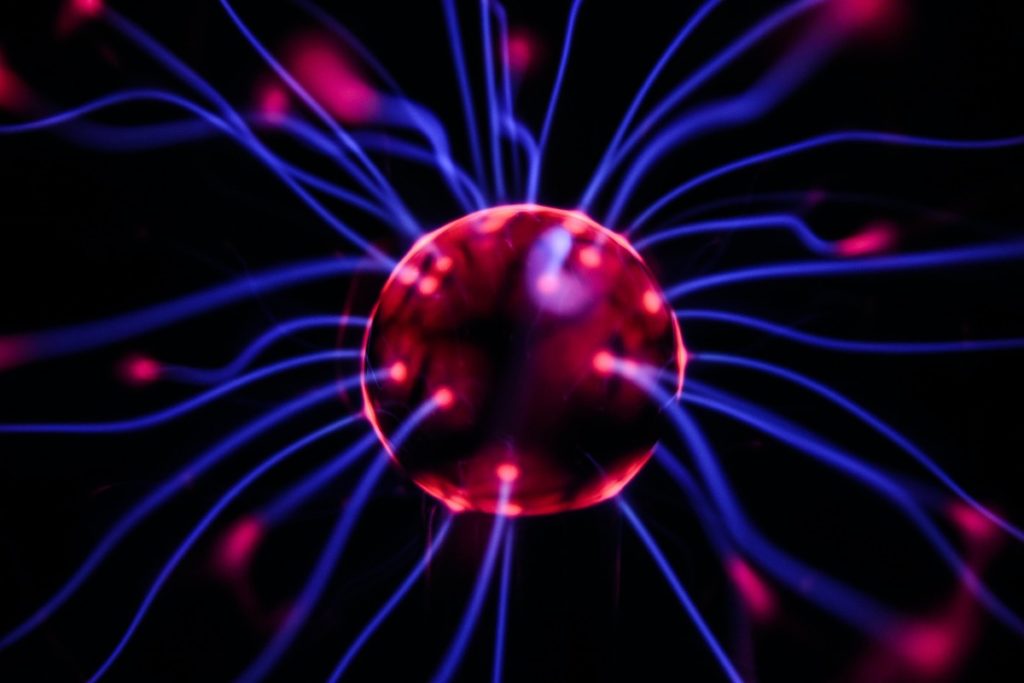Content reviewed by Nicholas G. Glines
Substance use disorders (SUDs) like addiction are not results of moral weakness or lack of willpower. Addiction is a complex and chronic brain disease that affects how people think, feel and behave. It is characterized by compulsive drug seeking and drug-using behavior, despite the harmful consequences that may result from substance use.
Many people lack the appropriate knowledge to recognize addiction as a brain disease and mental health condition. To better understand how substance use can cause long-lasting consequences and harm to brain functioning, it may be helpful to compare it to the functioning of a sober, healthy brain.
How a Sober Brain Functions
Our brain is what makes us who we are. It is the center of all human activity and regulates our body’s essential functions. It is responsible for allowing us to think, speak and feel and is what keeps our heart beating and our lungs breathing.
Our brains are constantly working, taking in information from our surroundings and processing that information to keep us safe and secure. As our surroundings and circumstances change, our brains learn to adapt in such a way that makes us more prepared for specific experiences in the future.
Neurons and Neurotransmitters
As mentioned previously, the brain is highly complex. It comprises numerous different brain regions, circuits and areas responsible for carrying out specific functions. Within these regions, billions of tiny cells called neurons help control the flow of information to and from each brain region. Neurons release messenger signals, called neurotransmitters, to other neurons, which cause changes in the receiving neurons. In short, these neurotransmitters are responsible for keeping communication regulated within the brain.
How Substance Use Interferes With Neurotransmitters
Each drug interferes with neurotransmitter signals, which causes a unique and specific disruption in communication within the brain.
For example, the chemical structure of marijuana mimics that of a natural neurotransmitter. When marijuana is smoked or ingested, it can activate neurons. However, it does not trigger and affect neurons the way they naturally are. Instead, the use of marijuana leads to abnormal messages sent throughout the brain.
On the other hand, stimulant drugs such as cocaine release abnormally large amounts of natural neurotransmitters. This overhaul interrupts communication, amplifying communication within the brain beyond what the natural brain is designed to tolerate.
How Specific Brain Regions Are Affected by Substance Use
There are many different approaches one can take to understand how substance use affects a sober brain. One way of doing so is by looking at how specific brain regions are affected by substance use.
The Basal Ganglia
The basal ganglia are a group of structures responsible for motor coordination, recognizing routine behaviors and forming habits. These structures also play a vital role in influencing motivation and pleasure. A sober brain is motivated by healthy activities such as eating, socializing and sex. The influence of alcohol and other drugs over-activate this brain circuit by releasing surplus dopamine throughout the brain and body. The basal ganglia quickly connect the dopamine surge with substance use, leading to this circuit motivating repeated substance use.
Over time, the brain will experience smaller bursts of dopamine when the drug is used repeatedly. In turn, the brain will experience even smaller bursts of dopamine with natural rewards.
The Extended Amygdala
The extended amygdala is a brain area responsible for regulating stress. It is connected to the body’s fight-or-flight response and can cue emotions such as anxiety and irritability. Even after a substance is consumed one time, the brain and body will likely experience withdrawal effects. These withdrawal effects are cued by the extended amygdala and can cause unease and discomfort. Once a substance use “high” fades away, these feelings act as a motivator that causes an individual to seek out drug use again and again. Over time, individuals with SUDs will find that they no longer “get high” from their drug use. Instead, they use drugs repeatedly to avoid withdrawal symptoms.
How Treatment Works to Reverse Substance Use
Treatment must be individualized for substance use treatment to be effective since addiction can develop from several risk factors. To recover from addiction, an individual must also learn to heal from the risk factors that led them to substance use.
Psychotherapy will help individuals challenge and overcome their problematic thought and behavior patterns. Treatment centers may utilize several different psychotherapy approaches to make treatment as effective as possible. For individuals who experience ambivalence and hesitation surrounding change, acceptance and commitment therapy (ACT) may be used. Dialectal behavior therapy (DBT) may be utilized for individuals who need assistance managing difficult emotions.
It is essential to be patient with oneself during treatment and recovery. After all, the brain has to reverse many long-term damages caused by substance use.
New Hope Ranch is a men’s-only addiction treatment center that emphasizes the importance of education alongside treatment. We offer unique treatment programs to fit all of our patients’ needs. We also offer specialized programs for veterans and first responders. If you or your loved one is struggling with the consequences of substance use, call us today at (737) 600-8565.
